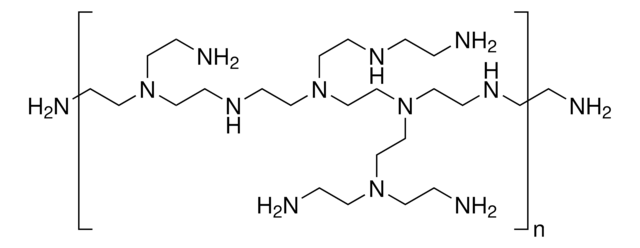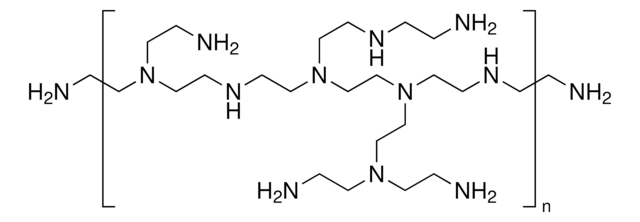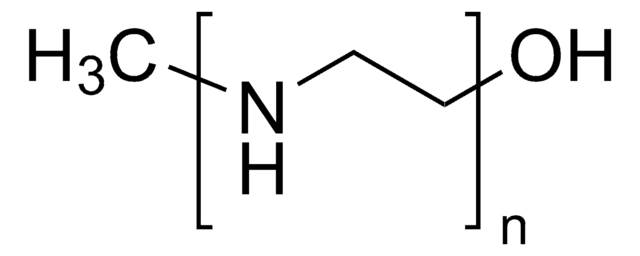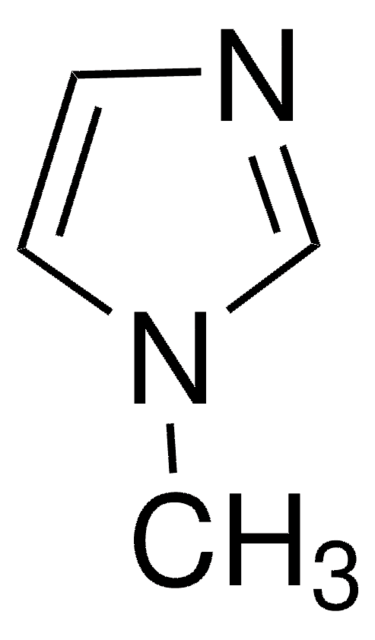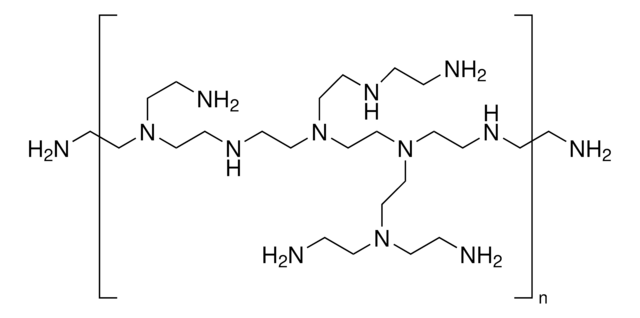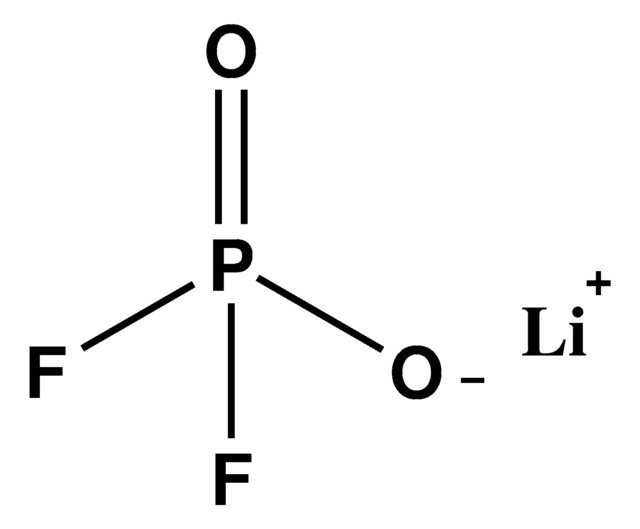推荐产品
应用
Due to their low immunogenicity profiles, polymeric non viral vectors have shown promise in advancing the treatment of many severe genetic and acquired diseases via gene therapy. Poly(ethyleneimine) is one of the most commonly used cationic polymers for gene delivery applications. Copolymers of PEI and hydrophilic poly(ethylene glycol) have been designed to provide a stealth-like shield around polymer/DNA complexes, reducing nonspecific interactions, inhibiting activation of the reticuloendothelial system, and prolonging the half-life of the complexes in the blood.
储存分类代码
11 - Combustible Solids
WGK
WGK 3
闪点(°F)
Not applicable
闪点(°C)
Not applicable
法规信息
新产品
Pallab Banerjee et al.
Bioconjugate chemistry, 17(1), 125-131 (2006-01-19)
A block copolymer of a hyperbranched poly(ethylene glycol)-like core and linear polyethylenimine (HBP) was synthesized by a facile synthetic route that included (1) a single-step cationic copolymerization of diepoxy and polyhydroxyl monomers, (2) derivatization of hydroxyl groups of the core
Dagmar Fischer et al.
Drug metabolism and disposition: the biological fate of chemicals, 32(9), 983-992 (2004-08-21)
The in vivo body distribution and the pharmacokinetics of a 20mer double-stranded nuclear factor kappaB decoy oligodeoxynucleotide (ODN) complexed with 25-kDa poly(ethylene imine) (PEI), low molecular weight 2.7-kDa PEI, and PEGylated PEI [bPEI(25k)-glPEG(550)(50)] after intravenous injection were studied in BALB/c
B Brissault et al.
Biomacromolecules, 7(10), 2863-2870 (2006-10-10)
The study of ethyloxazoline/methyloxazoline (EtOXZ/MeOXZ) copolymerization, initiated by methyl tosylate (MeOTs), showed that (i) incorporation of MeOXZ units into random copolymer becomes effective over DP = 100 and (ii) propagation process proceeds with negligible transfer to monomer up to a
我们的科学家团队拥有各种研究领域经验,包括生命科学、材料科学、化学合成、色谱、分析及许多其他领域.
联系技术服务部门